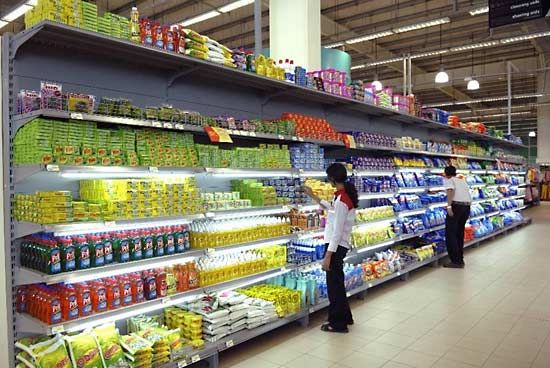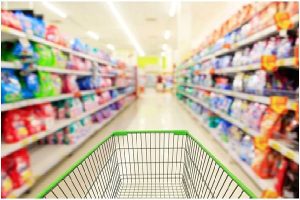
In the world of consumer goods, convenience plays a pivotal role in shaping our purchasing decisions. Convenience goods, as the name suggests, are products that are easily accessible and fulfill our immediate needs. However, not all convenience goods are created equal. In this article, we will delve into the three types of convenience goods, exploring their characteristics, examples, and the impact they have on consumer behavior.
- Staple Convenience Goods:
Staple convenience goods are everyday essentials that we rely on for our daily routines. These goods are typically low-cost, widely available, and purchased frequently. They are the backbone of our households and include items such as bread, milk, toiletries, and cleaning supplies. Due to their necessity, consumers exhibit brand loyalty and are less likely to switch to alternative options. For businesses, maintaining a consistent supply of staple convenience goods is crucial to retain customer loyalty and ensure repeat purchases. - Impulse Convenience Goods:
Impulse convenience goods are those tempting treats that catch our eye while we are shopping. These products are often displayed strategically near checkout counters or in high-traffic areas to entice consumers into making unplanned purchases. Examples of impulse convenience goods include chocolates, snacks, magazines, and small gadgets. The key to success for businesses lies in creating attractive packaging, utilizing persuasive marketing techniques, and capitalizing on consumers' impulsive buying tendencies. - Emergency Convenience Goods:
Emergency convenience goods are products that we need unexpectedly and urgently. These goods are typically purchased in response to unforeseen circumstances or emergencies. Examples include first aid kits, batteries, flashlights, and spare tires. Businesses catering to emergency convenience goods must ensure their products are readily available during critical situations, as consumers rely on them for immediate solutions. Effective distribution channels, reliable stock management, and responsive customer service are essential to meet consumers' urgent needs.
Conclusion:
Understanding the three types of convenience goods is crucial for businesses aiming to meet consumer demands effectively. Staple convenience goods provide stability and loyalty, impulse convenience goods capitalize on impulsive buying behavior, and emergency convenience goods cater to urgent needs. By recognizing the characteristics and significance of each type, businesses can tailor their marketing strategies, distribution channels, and product offerings to maximize customer satisfaction and drive sales. Remember, convenience is the key to capturing consumers' attention and loyalty in today's fast-paced world.

